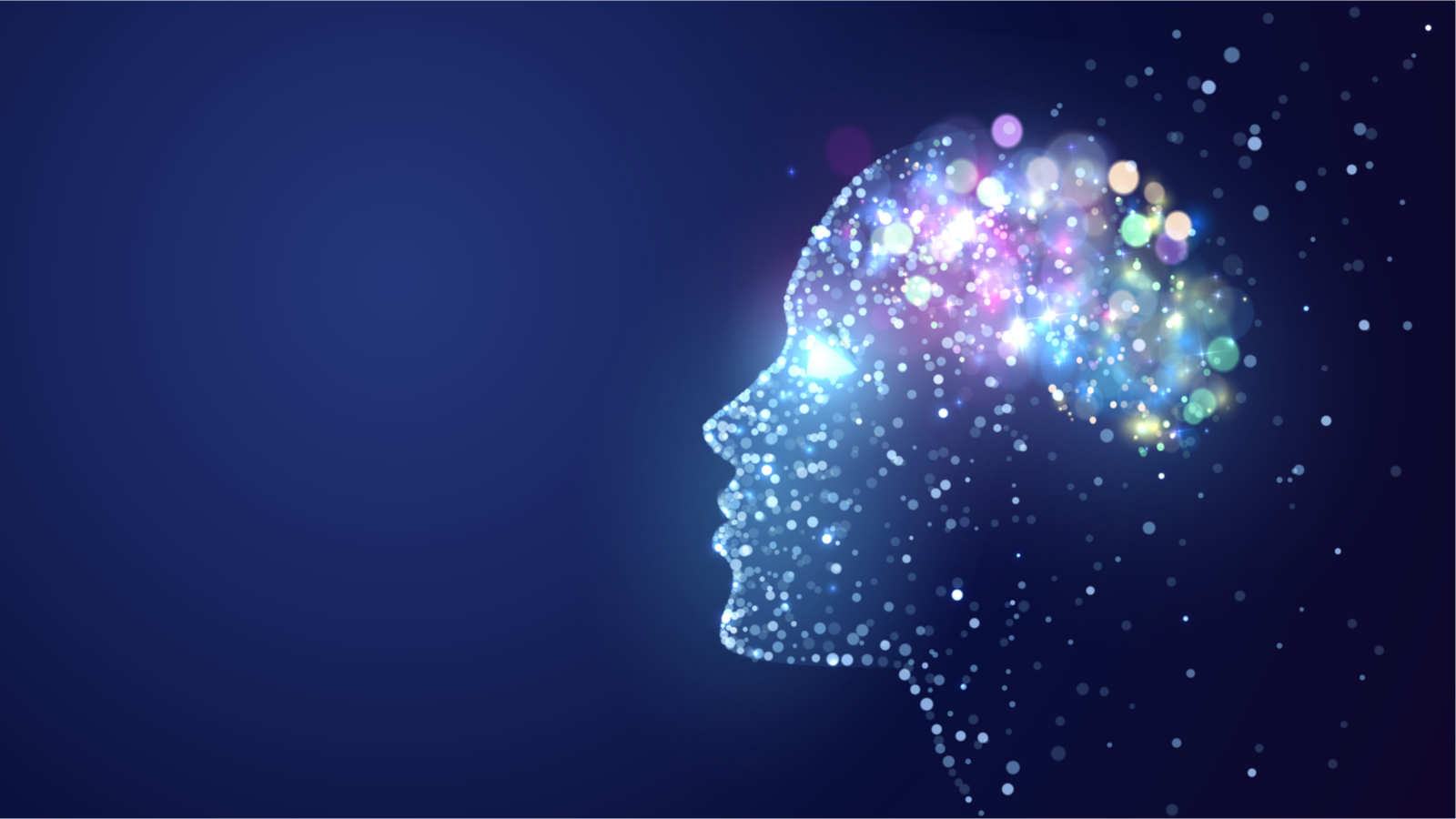Psychosynthesis is a transpersonal psychology. Simply meaning beyond the personality, transpersonal refers to the deeper natural resources of peace, wisdom, purpose and oneness in our nature. The goal of psychosynthesis is to bring our deeper resources into our daily lives.
The Foundations of Psychosynthesis
Psychosynthesis was first developed by Roberto Assagioli (1888–1974). He was a neurologist and psychiatrist at the very start of modern Western psychology. A colleague of Sigmund Freud and Carl Jung, Assagioli was the first person to practice psychoanalysis in Italy. In 1910, he began to develop his own psychospiritual model of human development, opening his first teaching institute in 1927 in Rome. He chose the term “psychosynthesis” to give a name to the quiet force in each person to develop, learn, and evolve. His early work ended in 1939, when he was arrested as a pacifist and jailed by Mussolini’s fascist government. After his release, he lived under police surveillance. In 1943, he was persecuted by the Nazis and was forced into hiding with his son, Ilario. Shortly after the war ended, Ilario died of tuberculosis contracted while in hiding. Both heartbroken and inspired, Assagioli reopened his institute in 1950 in Florence. There he saw patients and trained professionals until his death in 1974. Elaborations of his work are now continued at more than 100 psychosynthesis institutes around the world.
What Is the Higher Self?
Assagioli viewed our daily experience as an interchange of three aspects of our nature – our impulse to survive (instinctual), our wish to belong (social), and our desire to seek and discover (spiritual). He believed that all three needed respect and attention, but he put special emphasis on the spiritual search and the discovery of higher states of consciousness as a balancing agent to our instinctual fears. Beyond the ego helping us to fit into the world’s demands, he indicated there is an innate higher organizing process – the “higher self” – that exists to guide us toward our purpose in this life. The latest neuroscience is now verifying such higher states as natural though dormant aspects of our brain/mind. When students of psychology and consciousness grasp Assagioli’s vision, they often comment that he was 100 years ahead of his time.
Benefits of Psychosynthesis
Assagioli encouraged the use of many methods to help the search and discovery process with the goal of reducing suffering and increasing peace. A typical professional trained in psychosynthesis is familiar with the therapeutic benefits of analysis, insight, many forms of meditation, mental imagery, movement and a spirit of collaboration with our patients and clients. The ultimate goal is self-knowledge leading to the daily living skills of awareness and choice.





